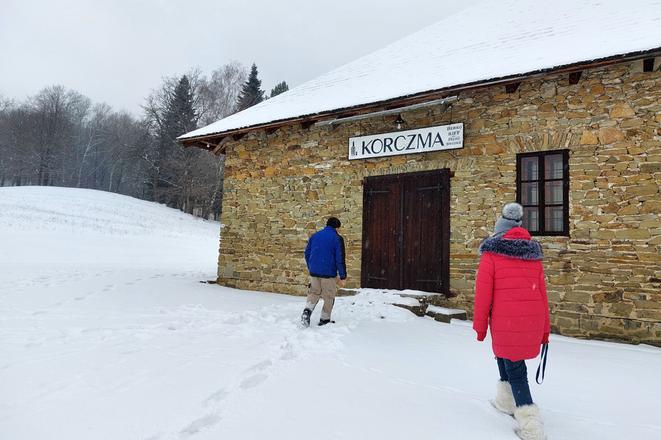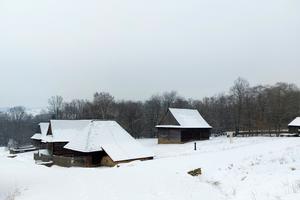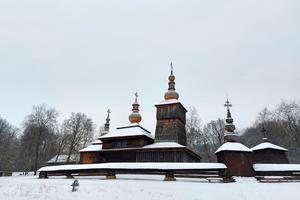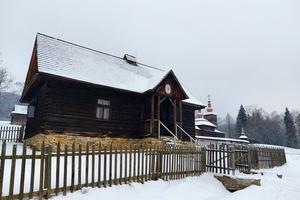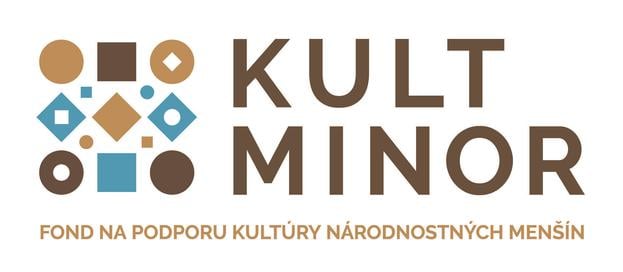Svidník is better known as a place of harsh WWII battles, but this eastern Slovak town is also home to the oldest ethnic museum in Slovakia.
The Ukrainian minority fought for its own museum from the 19th century until it opened in 1956.
Today, the Museum of Ukrainian Culture has three branches scattered around the town: a museum, a gallery, and an open-air museum.
Listen to the podcast:
A very old house called a “dymňanka” with an unusual heating system, a film that didn't get recognition in Czechoslovakia due to villagers speaking Ruthenian, and a painting of Michail Balugjanski are just some of the most interesting things visitors can see in the museum.
Balugjanski was born in Vyšná Olšava, eastern Slovakia, in 1769. He became the first rector of Saint Petersburg State University in Russia.
“Unknown people from a small unknown region can achieve great things,” the museum worker Miriam Božíková says on the Spectacular Slovakia podcast.
Dezider Milly and Eva Bissová are other names known to the minority, but less to Slovaks. Fun fact: Milly was born in Kyjov, which sounds very much like Kyiv, but the former is a village in eastern Slovakia.
Listen to the podcast to find out what the two personalities are known for.
This article is part of the Our Minorities project, carried out with the financial support of the Fund for the Support of the Culture of National Minorities.


